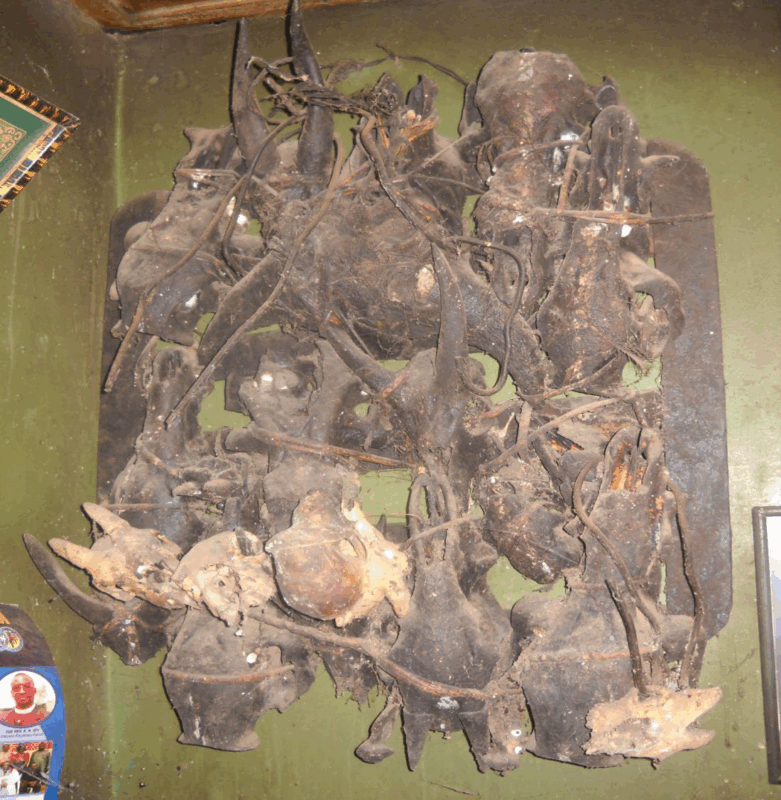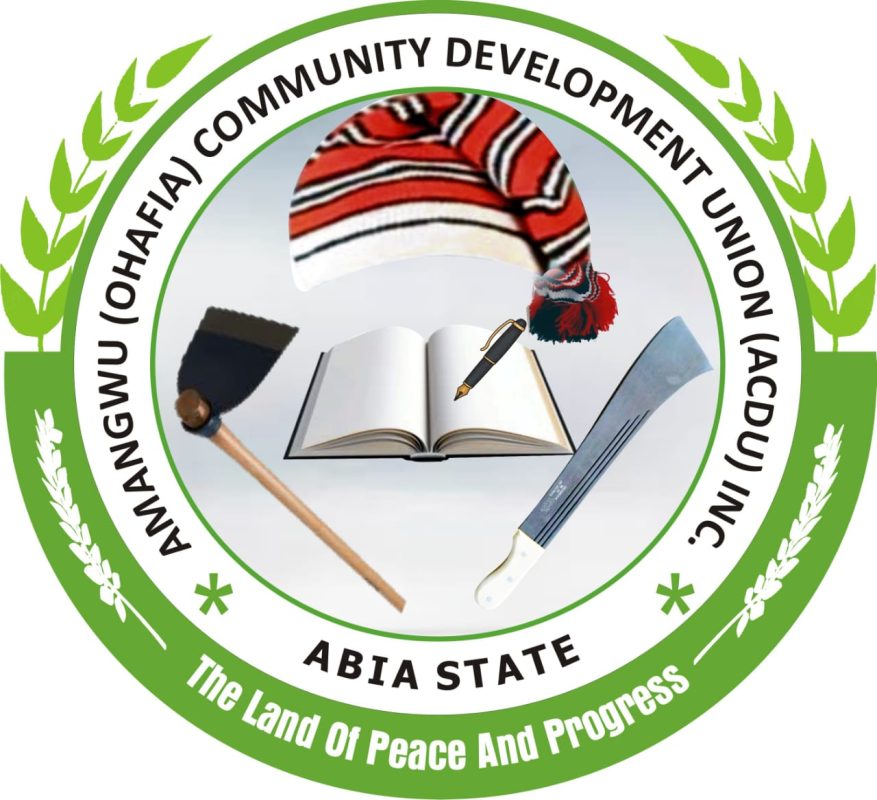
HUNTERS (DI – nta)
In Ohafia, remarkable success in hunting vested a man with masculine privileges and recognition. It distinguished him from his peers, and even facilitated his successful pursuit to become married. Such individuals often expressed their social status through the display of body parts of dangerous animals, and guns, as well as polygamy.
In Ndi Anya – Orie, hunting was a very important avenue of personal distinction and performance of bravado, and the reputation a man acquired from his successful hunting career, earned him a social recognition. They were well recognized and outstanding compared to other Ohafia communities. In the early 1900s, Ohafia environs comprised of vegetation cover of orchard-bush forest, i.e. a mixture of savanna grassland and tropical rain forest with large groves of big tress. This environment where bush hogs ravaged farm-crops and leopards swooped upon homesteads seizing and devouring livestock and men, generated a need to subdue the wild, which transformed hunting from a mere economic pursuit to a performance of masculinity.
Within Ohafia, Ndi – anya Orie hunters were seen as brave warriors who protected their communities from dangerous animals. In this community when when a boy killed his first wild animal with a twisted rope trap, he was said to have “cut the third head,”( recall; bird hunting) and his father usually blessed and celebrated him, by rubbing nzu white chalk on his right hand, and killing a goat in his honor.
